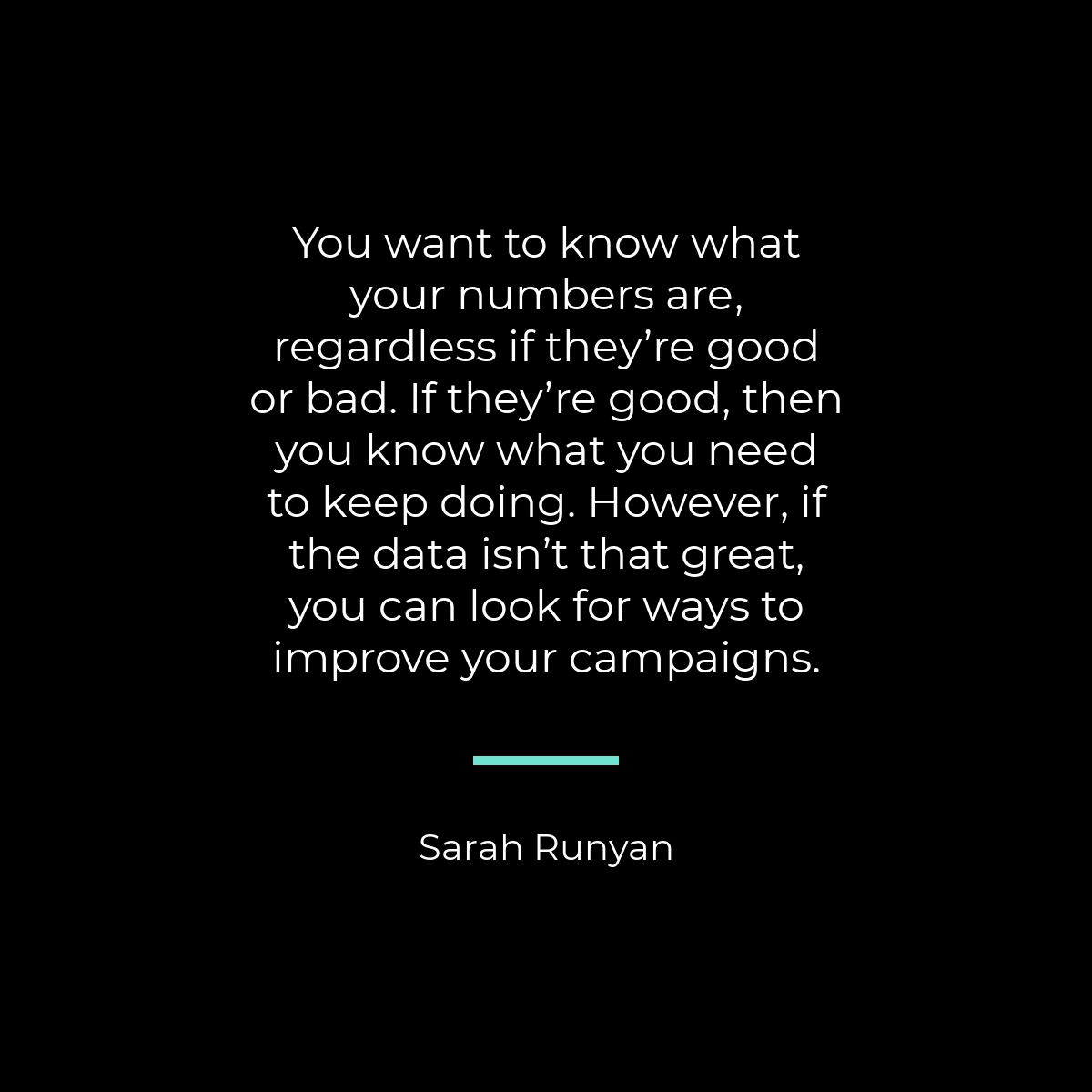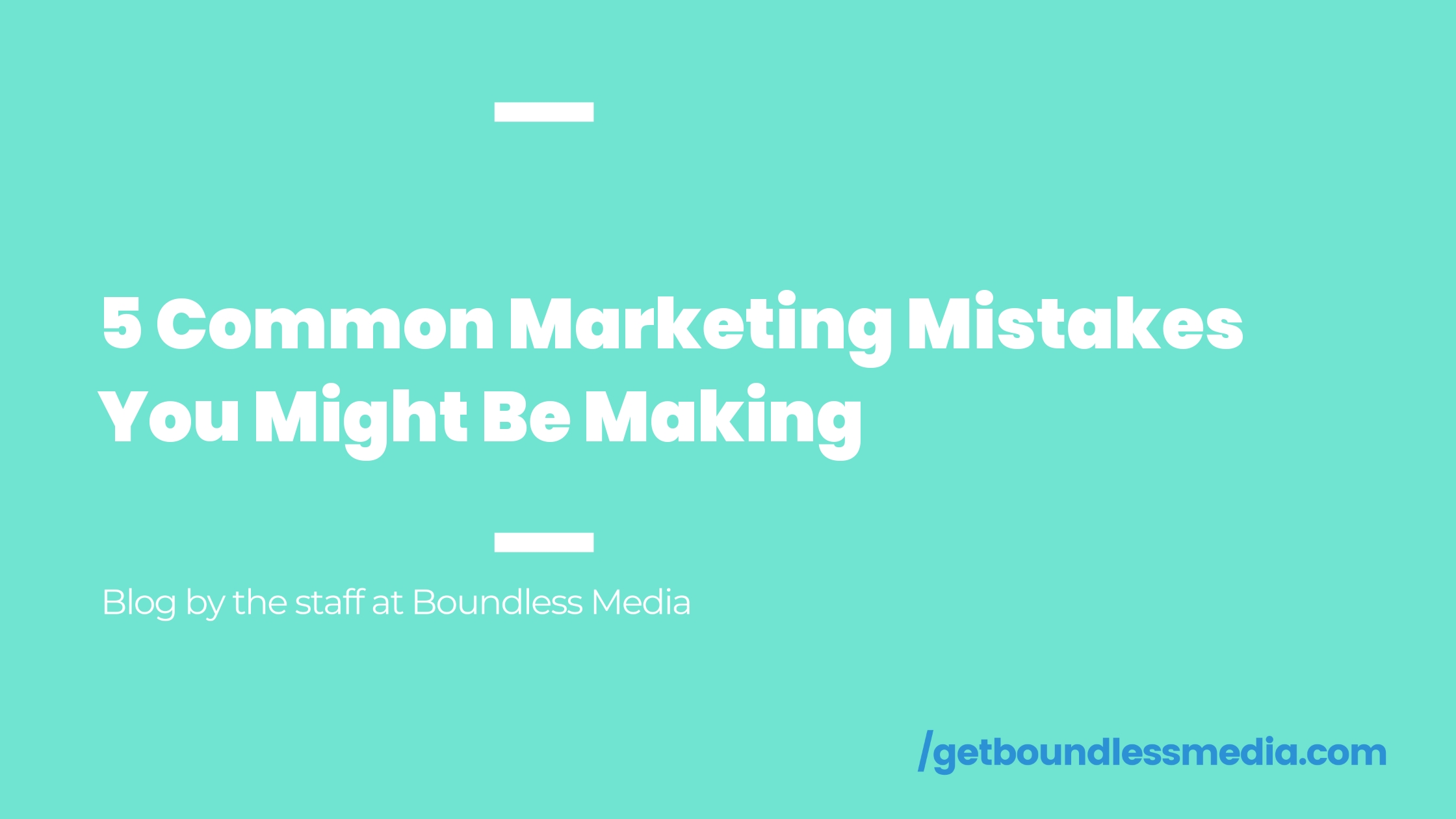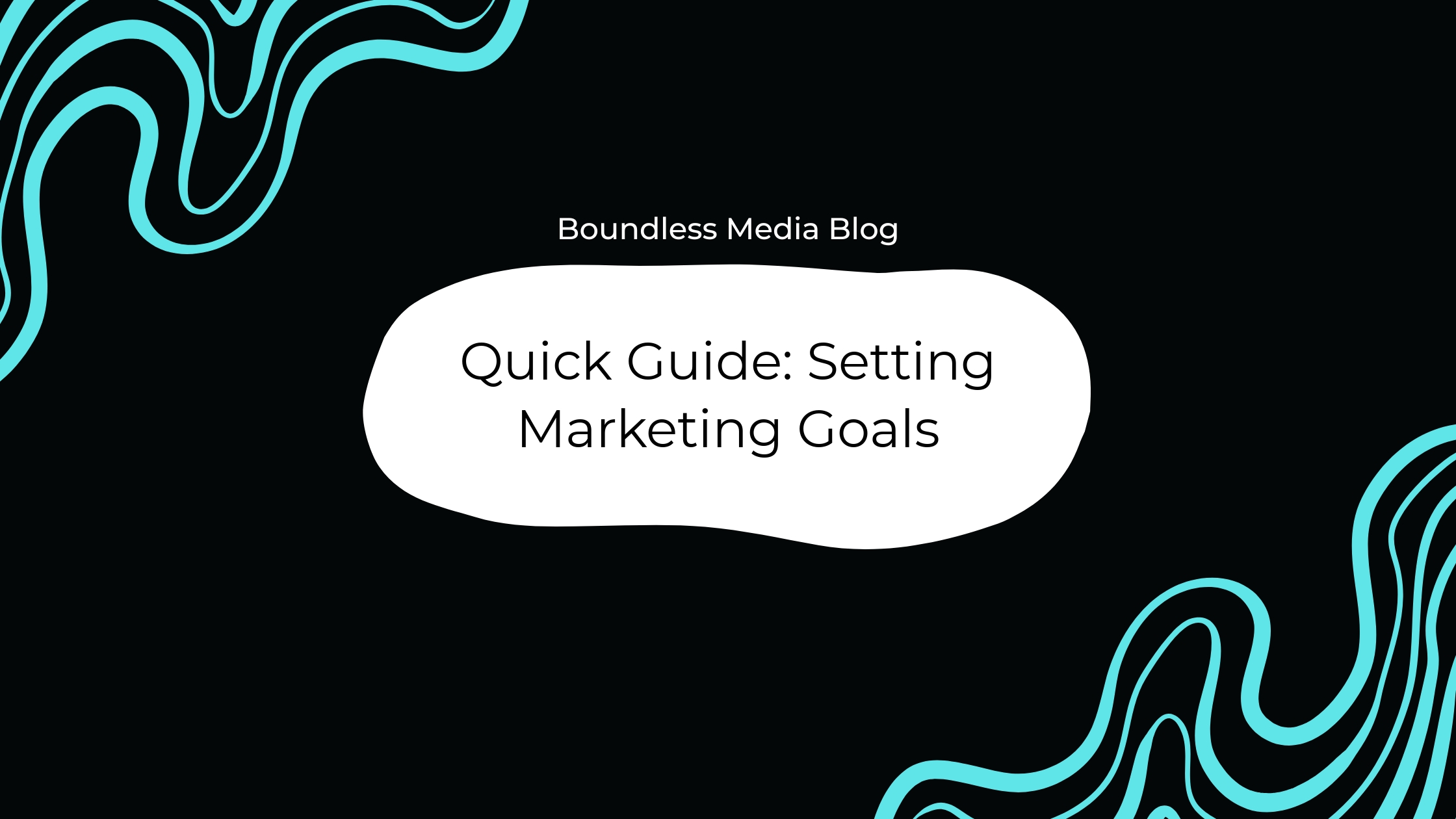
Cold Outbound, Demand Generation, and Paid Ads: What’s the Difference?

What’s the difference between cold outbound, social media (demand gen), and paid advertising? You’re in luck! We will compare all three and discuss what makes them different, what works well, and when to use each one. Of course, every business is different. Maybe cold outbound doesn't work well for your business model, or you don’t have a large following on social media. That’s ok! The same thing doesn’t work for everyone, so take this opportunity to see where you can optimize your existing marketing efforts.
Diving into cold outbound strategies first, here are some strategies that we use for our clients.
- LinkedIn - This is great for reaching out to your ICP. You can connect with people you’ve never met, reconnect with leads that have gone cold, and don’t forget about groups and events!
- Upwork - Although most people think of Upwork and automatically think of “freelance,” you can land a lot of great clients on Upwork.
- Email - This one can be tricky if you don’t have a healthy domain, a good list of verified emails, and personalization to keep your emails out of the trash. But once you optimize everything, it can be a great way to learn more about your prospects and vice versa!
How do you know which method to choose? It’s not a one size fits all. You need to think about how much your package and offer cost. Is it a one-time fee, or does it have a recurring monthly fee? We look at who our clients’ clients are to determine what the best platform will be for them. Upwork is great for one-time projects that can turn into recurring projects. Typically on Upwork, you will work with someone once; they like your work, so they decide to work with you again. If you want to focus on just landing recurring projects, then cold email or LinkedIn would be a better option. Upwork is great for people looking for a fast or one-time solution, but email and LinkedIn will have people looking for long-term solutions to their problems.
You also need to keep in mind what platform your ICP will be the most responsive to. The data you need for each platform is also quite different. For Upwork, you can respond to postings within 20 minutes, but when running an email or LinkedIn campaign, you need more data to ensure you’re reaching out to the correct people. For LinkedIn, you need to make sure who you’re reaching out to meets all of your qualifications before you add them to your campaign. For email, you need to do some extra cleaning to verify their email to ensure it’s not a personal email, a catchall inbox, or an email that changed six months ago.
Speaking of data, you want to ensure you are tracking data correctly too. If you don’t track your campaign performance on any platform, you won’t have the correct information to ensure you’re not wasting your time and efforts on something that isn’t showing good results. You want to know what your numbers are, regardless if they’re good or bad. If they’re good, then you know what you need to keep doing. However, if the data isn’t that great, you can look for ways to improve your campaigns. Maybe it’s your messaging, your data, or your offer. Whatever the issues, looking into the results your campaigns generate will tell you a lot about what you need to do to succeed.

Are you looking for tips to improve your cold outbound? Here are some tips that we use to optimize our campaigns.
- Personalization - This might take some extra time, but it can go a long way with leads. It gives your campaigns a more human approach and shows people that you do your research.
- Have insights into every aspect of your campaign - Having the best data and personalization won’t do any good if the copy you use isn’t connecting with the people you’re reaching out to.
- When you make a change, keep track of it and how it performs. - Making a change doesn’t always mean it will improve performance. Tracking what does and doesn’t work when you make even small changes is critical.
- It can take time to get a meeting booked. - Don’t give up because you didn’t get someone to book a meeting during the first three days of running a campaign. Follow up with leads. Sometimes they need a reminder that they want to book a call with you.
Now we’ll move on to demand gen and keeping yourself visible online. It’s not enough to just send out messages and hope people respond. Once you’ve connected with someone, especially on LinkedIn, they will start seeing your content. Your content builds your reputation as an expert in your field. Saying you’re an expert will only go so far. Your content is proof that you do know what you’re talking about. It’s good to post on multiple platforms, even if you post different content across different platforms. Maybe for LinkedIn, you post a case study as an infographic, but for Instagram, you post that same case study as a reel. You also need to make sure you’re doing the following:
- Posting content relevant to the service you offer
- Posting current, up-to-date content
- Posting consistently
- Replying to comments on your posts
- Interacting and engaging with other people’s content
- Answering any questions that arise from your content
- Creating content your audience will find value in
- Creating content that aligns with all of your brand values and messaging

You never know what might influence someone to strike up a conversation with you. A piece of content could be the one thing that helps them cross that finish line. In order to do that, you need to create content that will catch people’s attention. If you don’t create “thumb-stopping” content and people just scroll on by then, your content isn’t working the way content should. You need to treat your content like an employee. If your employee shows up to work but doesn’t add value to your company and doesn’t produce results, you’d fire them. If your content doesn’t produce results, you need to change things up until you see the results you’re looking for.
Finally, you can use paid advertising. Paid ads are a great way to reach a lot of people in a short amount of time. If you have the budget, your sponsored ads could reach thousands of people. However, of those thousands of people, how many are actually in your niche? Sure, you can filter by location, demographics, and other things like that, but if you’re targeting companies with less than 50 employees and no marketing staff, you can filter that in your paid ads. Casting a wide net doesn’t always mean you’ll catch the fish you want. You can have a great ad strategy and get results from that. You’ll just have to remember that you will need to do some more qualifying in the back end for the leads that come from your paid ads.
You can combine all of these efforts or use just one if it works best for your business. The first step is knowing your niche, your goals, your capabilities, and what your offer is. Test, test, test, and then test some more, and don’t be afraid to try new campaigns. If you need help with cold outreach, content, or lead gen, you can reach out to Boundless Media at nico@getboundlessmedia.com, and we’ll be happy to help.
Get More Estimates Booked On Your Calendar



*Data summarized from all Home Services Verticals with average project values over $3,500





.svg)